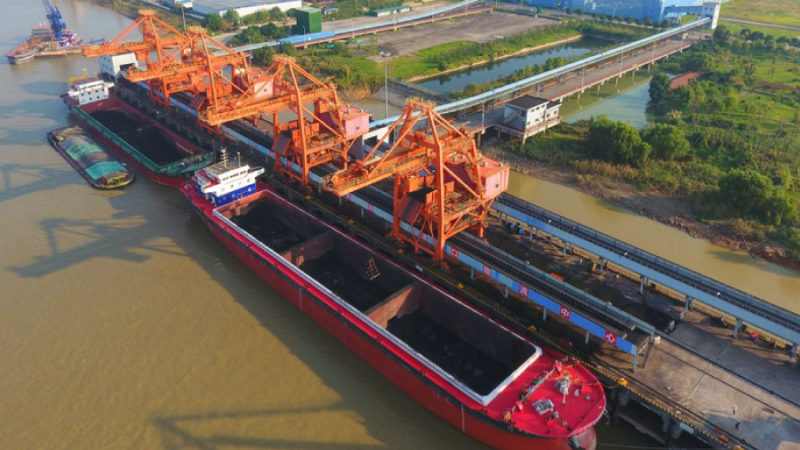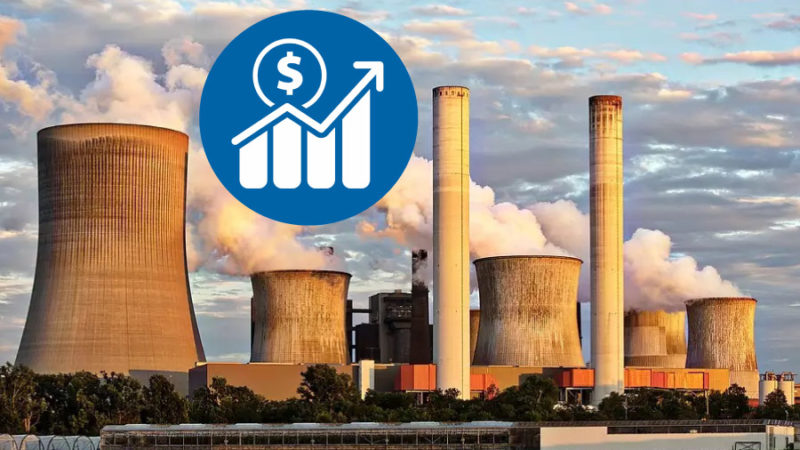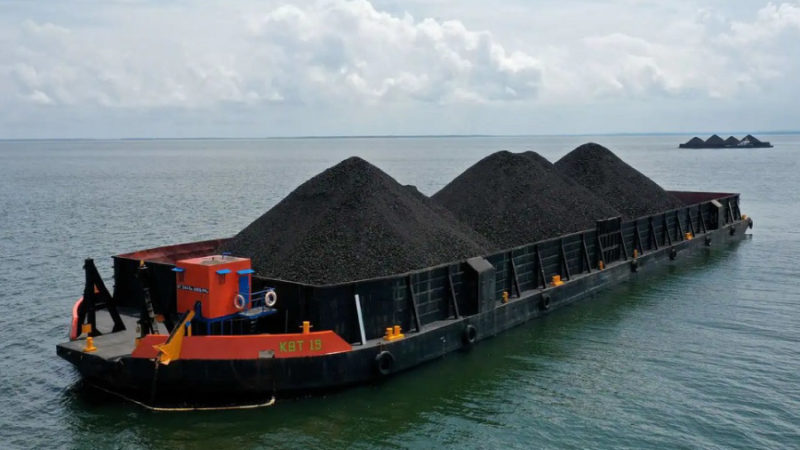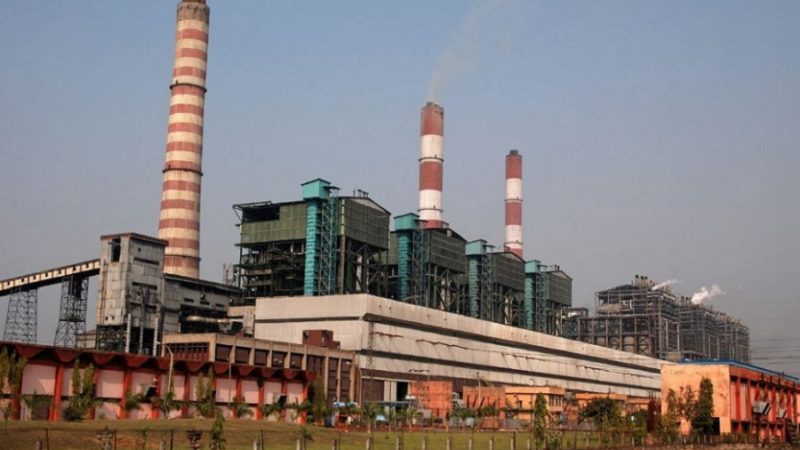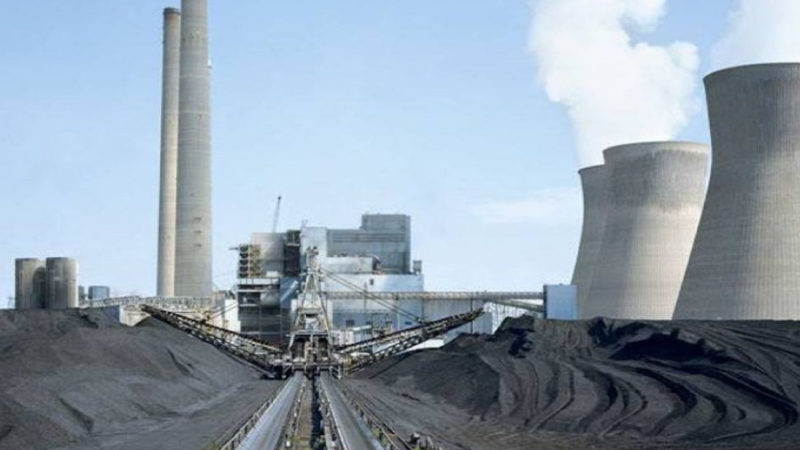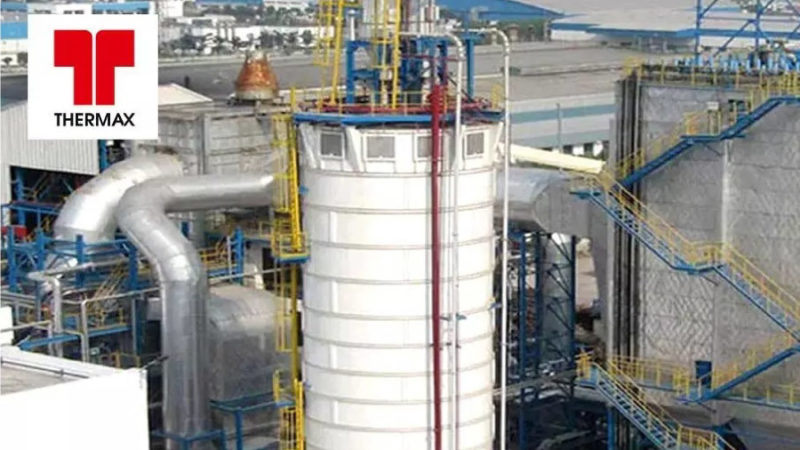Emission Check

An insight into opportunities and key challenges faced by the thermal power sector in complying with new Emission Standards…
In December 2015, the Ministry of Environment, Forest & Climate Change (MoEF&CC) announced tighter emission standards for coal-based thermal power plants. The new standards aim to drastically reduce emissions of NOx, SO2, PM, and mercury. In order to comply with these revised standards, existing plants were given two years (up to December 2017), while plants commissioned after 1 January 2017 were required to comply from the start of their operations.
The standards were to be implemented within two years of the date of notification—December 7, 2015. The notification categorizes thermal plants into three categories—those installed before December 31, 2003, those installed after 2003 but before December 31, 2016, and those installed after January 1, 2017. Thus keeping up with directives, recently, the National Green Tribunal (NGT) has directed the union environment ministry to not grant environmental clearance to any new thermal power plant unless they comply with emission standards notified in December 2015. Power Insight endeavor to look analytically into the thermal power sector and allied industries preparedness to comply with these standards and norms.
The Opportunities:
In order to comply with the Conference of the Parties (COP21) commitments, in December 2015 the environment ministry issued new norms to restrict the emissions of nitrogen oxide (NOx), sulphur dioxide (SO2) and particulate matter (PM) from thermal power plants (TPPs). Compliance with the norms by existing and upcoming projects would require significant equipment upgrades and a large number of emission control systems.
According to industry experts, there is an estimated total potential of around 160-170 GW for the emission control market in the country. Thus, it opened up a huge business opportunity and stimulus for the hard-hit equipment industry’s recovery and was welcomed by the industry. Since the announcement of the norms, the market has already begun to see a flurry of activity with tenders being issued by various utilities.
Further, steps being taken at the policy and regulatory level for the implementation of the new norms in recent months have boosted confidence in the industry. Key among these has been the release of a phased implementation plan by the Central Electricity Authority (CEA), as per which a region-wise implementation strategy to install FGD systems in about 122 GW of capacity by 2022 has been announced (72 GW of projects that do not have space to install FGDs will be phased out).
The Challenges
On the developer side, a big concern that has been raised since the announcement of the norms has been with respect to costs as coal-based power projects will have to invest in additional equipment capital expenditure to comply with the revised emission norms. This will result in raising the generating cost of generation company’s (Gencos) by 13 paise to 22 paise per unit. Gencos face uncertainty on the recoverability of such costs from the financially fragile state-owned distribution utilities. Though, industry experts believe that costs could come down once market competition intensifies.
On the other hand, an area of concern for the equipment industry is the excessive technical requirements being stipulated in the technical specifications, which poses a serious impact on the price. Further, utilities often delay the release of tender documents or signing of contracts, which is compensated by shrinking the project execution time. This makes it difficult for vendors to execute projects within time schedules, often leading to a compromise in the quality of equipment installed or safety at the plant site.
Aggressive Deadline
To comply with these revised standards, existing plants were given two years (up to December 2017) The CEA has sought details of preparedness and action plans for meeting the revised norms from all TPPs. All IPPs showed their interest in being fully on board to implement the norms. It seemed like the Initial apprehension about the two-year timeframe for the implementation of norms being too aggressive was subsiding.
However, power generation companies have reportedly sought tariff support from the central government to meet new emission control norms for power plants. It is estimated that retrofitting coal-based power plants with new emission control equipment would entail a cumulative investment of $38 billion by the private sector. This would result in an increase in tariff in the range of Re 0.50 to Rs 1.25 per unit.
Further, generation companies including NTPC, Adani Power Limited, GMR Energy and Reliance Power Limited have also sought an extension for the December 2017 deadline for meeting the emission norms. In addition, it has been reported recently that the domestic capacity for manufacturing emission control equipment is currently inadequate and in this respect, MoP has taken up the issue with the MoEFCC.
Though earlier the domestic equipment industry players have emphasized that the existing manufacturing capacity is not a constraint for FGD or SCR systems and with their technical tie-ups with global solution providers, they are fully geared up to meet the power sector’s requirements. Keeping in mind the recent development, it has been reported that MoEFCC is likely to extend the December 2017 deadline regarding stricter emission norms for coal-based power plants.
Conclusion:
Though there is little uncertainty over the effectiveness of the December 2017 deadline, the emission control market is set to take off in the next few years. As per media reports, the power ministry is coordinating with the environment ministry to consider an extension in order to avoid tariff shocks to end-consumers. It is an unquestionable reality that India’s emission standards are likely to get stricter over the coming years. Thus focusing on addressing key concerns will help ensure that the set targets are met as soon as possible.



